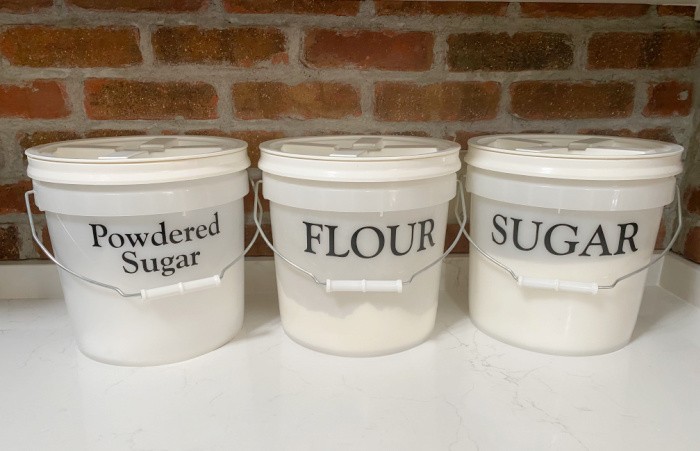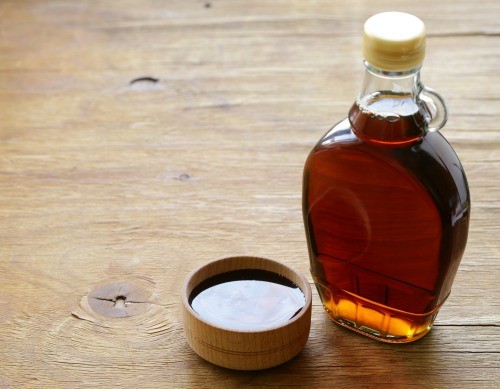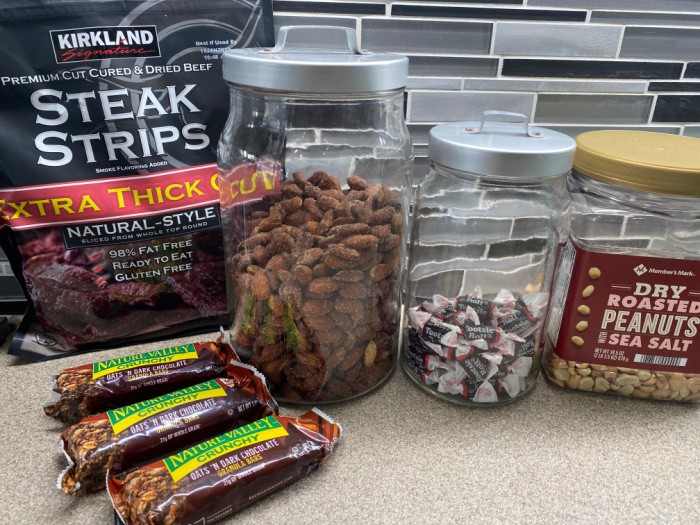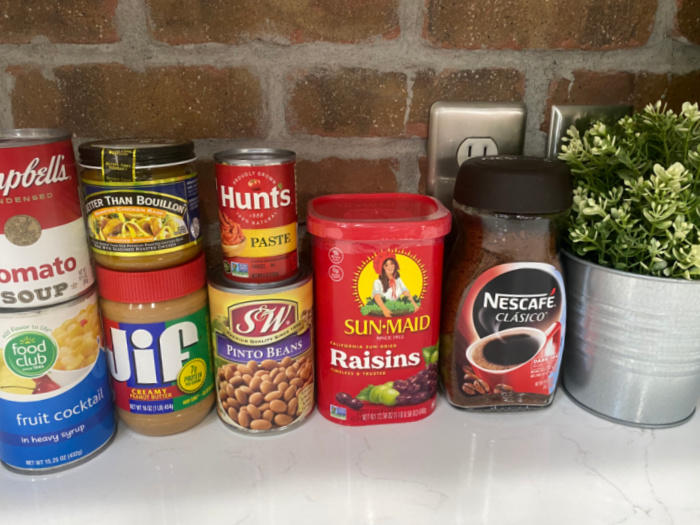Jalapeños: What You Need To Know
Some of us like our food hotter than others and jalapeños are certainly a good ingredient that rises above our expectations. They can be enjoyed while being topped on nachos and cheese, or used to add the zing in a salad. Keep reading to discover Jalapeños: What you need to know.
They can even burn your hands while preparing them if you’re not careful. Jalapeños also happen to be really good for you and can provide you with several health benefits that may surprise you. So here’s more on jalapeños and what you need to know.
Jalapeños: What You Need to Know Fun Facts

Jalapeños were the first peppers that ever made it into space aboard the space shuttle Columbia. Not everyone enjoyed jalapenos the same way we do today. Instead of eating jalapeños, the Ancient Aztecs used them by drying and then smoking them.
Jalapeños are bright red when they are fully ripened. Most times the pepper is picked while it is still green, but if left to ripen, they have an even spicier and hotter flavor for you to dare to eat. As strange as it may seem, they are also sweeter too.

Some people drink lots of water to help cool the burning sensation of a jalapeño after they’ve bitten off more than they can chew. Have you ever tried drinking milk afterward?
Milk contains the protein casein, which works to break the bond capsaicin on our nerve receptors.
Even though they can be incredibly spicy and are usually located alongside vegetables in your local grocery store, jalapeños are correctly identified as a fruit. But that doesn’t mean that they aren’t closely related to tomatoes, zucchini, eggplant, or okra.
Basic Info
Jalapeño peppers are a fruit that comes from the Capsicum pod type. Compared to chili peppers, they come medium in size, between 2-3.5 inches long, but can grow up to 6 inches in length.
They are grown around the world for the mild heat that they bring to other foods.
I say mild heat because they only come packed with about 2,500 to 8,000 Scoville Heat Units (SHU) compared to the hottest pepper in the world, the Carolina Reaper, which has about 1,569,300 SHU. Wow, that’s hot!
Where Jalapeños Originated
They were originally cultivated in Mexico thousands of years ago, where they thrived, and continue to thrive, in an arid climate. The meaning of the name Jalapeño, or Xalapa, means “from Jalapa,” a large Mexican city where they originally came from.
Today, Mexico is still the most prolific place for producing jalapeno peppers, with over 70,000 square acres of land which have the sole purpose of growing them.
Nutrition Facts
Jalapeños are filled with several vitamins and minerals, as well as crammed with vitamin C, even more so than what an orange does. A single 14-gram jalapeño contains around 10% of your daily recommended value.
They are rich in vitamin B6 and contain decent amounts of vitamins A and K. They are a good source of fiber, folate, and manganese. Jalapeños also contain the chemical capsaicin, which can work to burn fat.
Health Benefits
Helps to fight Infections
There are compounds within jalapeños that work to slow the growth of foodborne bacterias and yeast. In other words, they can prevent food poisoning.
They also have been found to prevent strep throat, tooth decay, and chlamydia. In all of these studies, it’s important to note that they used pepper extract and not the whole jalapeño.
Promotes Weight Loss
Jalapeños are able to give your metabolism a boost, by reducing your appetite while increasing the fat you burn. All this is thanks to capsaicin and other compounds that are present in jalapeños.
They lower the risk of becoming obese because of their help in reducing abdominal fat.
Reduces Inflammation
The vitamin C that can be found in jalapenos works to repair damaged cells while reducing inflammation. Stress and inflammation are attributed to helping cause diseases such as diabetes, obesity, and certain types of cancer.
Natural Pain Reliever
Jalapeños can be used as a natural pain reliever when applied externally. That’s because the capsaicin that’s present works to block the nerve receptors and dismisses the pain. You may feel a slight burning sensation at first when you apply it, but then it will begin to numb the tissue until you feel little to no pain in that area.
Reduces the Risk of Heart Disease
Jalapenos may help to reduce the risk of heart disease as well as the risk factors of diabetes, high blood pressure and high cholesterol. The capsaicin that’s found in jalapeños works not only at lowering high blood pressure, but also brings health benefits to lower blood sugar and cholesterol levels.
Lowers the Risk of Certain Cancers
Once again, capsaicin plays a huge role in fighting cancer, with its anti-cancer properties. It’s capable of killing as many as 40 different types of cancer cells without harming any of our good cells.
They help to stop the growth of the harmful cells and the spreading of them throughout your body. At this time more research needs to be done to see how capsaicin affects cancer in humans.
There have been human studies that have proven eating too much of jalapeños can also cause cancer as well. So it’s good to find that healthy balance in our diets.
How to Store Them
You can store your jalapeños at room temperature for several days, or by putting them in the refrigerator they’ll last for about a week. When you’ve opened a jar of jalapeños be sure to keep them in the refrigerator.
When they have been in a can that has been opened, place them in a plastic container and then put them into the refrigerator. You are also able to freeze them as well.
Don’t Get Burned
When you are cutting and preparing jalapeños, it’s important that you wear gloves so that you don’t burn your skin. If you do get burned, try rubbing your hands with one of the following: dish soap, olive oil, alcohol, or a weak bleach solution will help take the burn away.
Final Word
Jalapeños certainly know how to pack a punch of flavor in such a small bite. They add just the right amount of spiciness to several of our favorite dishes and snacks, and it just wouldn’t be the same without them.
They also happen to be really good for you too. Here are several other ways in which you can enjoy eating them in recipes that are calling for them. What else would you like to know about jalapeños: What you need to know? May God bless this world, Linda
How To Make Salsa That Is Safe To Can
The Best Cranberry Salsa Recipe
Copyright Images: jalapeños Deposit photos_81286466_s-2019, jalapeños w/knife Deposit photos_8000281_s-2019, Nachos Depositphotos_5238181_s-2019























Thanks for the link to canning salsa on today’s email! I already can Habanero/Peach hot-sauce and will add this to my yearly canning routine.
Hi Tim, oh my gosh, that sounds delish!!! Linda
You can dry them, too! I cut them in half lengthwise and lay them out on a cookie sheet in the sun–or the oven on lowest–or on trays in the food dehydrator. I use them in things like making fire cider, so drying is the easiest way to have them always on hand. (And they are no harder to grow than bell peppers!)
Hi Rhonda, oh I need to do this!! I think you told me about the fire cider, I better do these this year! Thanks for the reminder! Linda P.S. When you have time remind how to make fire cider.
Fire Cider Recipe
This recipe is adapted from Rosemary Gladstar’s recipe.
Ingredients
• ½ cup peeled and shredded/diced ginger root
• ½ cup peeled and shredded/diced horseradish root
• ½ cup peeled and diced turmeric OR 1/4 cup additional ginger and 1/4 cup additional horseradish (I’ve sometimes used just ordinary powdered turmeric, if I couldn’t locate the whole roots. It does create sediment in the finished product, but it certainly does no harm—just shake the finished fire cider to mix in the turmeric before you drink it.)
• ½ cup white onion, chopped
• ¼ to 1/2 cup minced or crushed garlic cloves
• 2 organic jalapeno peppers, chopped (I used the ones I dried)
• Zest and juice from 2 organic lemons
• Raw apple cider vinegar with the “mother”–(Bragg’s Organic Cider Vinegar is usually in the grocery store)
• Raw, organic honey to taste
Optional Additions
• Several sprigs of fresh rosemary or thyme
• ½ teaspoon black peppercorns
Equipment
• Quart-sized jar (I actually like a larger jar—a bit more final cider.)
• Wax paper
Instructions
Add the ginger, horseradish, onion, garlic, jalapeno and lemon juice/zest to a quart-sized (or larger) jar. Pack them down lightly so that the jar is about 3/4 full. Use a fermenting weight (or even a scrubbed rock) to hold down the veggies/roots, or place heavy roots at the top so that they will weigh down the herbs and jalapenos (which float). Pour a generous amount apple cider vinegar over the roots/vegetables. You want everything to stay under the liquid to prevent spoilage. Keep in mind that some of the roots will expand a little so top it off well but leave at least 1-inch head space.
If you’re using a metal lid, line it with wax paper so that the vinegar doesn’t corrode it, then put the lid on. Place in a dark, room temperature cabinet for 2-4 weeks. Another idea is to make fire cider by moon cycles–make it on the new moon, strain and bottle it either 2 weeks or 6 weeks later, on the full moon.
When the cider is ready, shake well and then strain the roots/veggies using a cheesecloth or fine mesh sieve. Add honey to taste and store in the fridge, or a reasonably cool place (the vinegar is going to preserve it naturally anyway; I only keep the current bottle I’m using in the fridge). Take a spoonful or a swig whenever you feel anything “coming on”—stuffy head, sore throat, etc.—usually gets rid of it within a day or two. Best idea is to take a spoonful every day to strengthen the immune system! (I just take a small swig daily from the brown glass drink bottle I store it in.)
You can use the strained veggies in stir fry or spring rolls; we like it in fried rice. Adds a nice “pop” to stew, too. I freeze most of the strained veggies for this, but if you haven’t got room you can always compost it.
I’ve also made a second batch using the same roots/veggies, just add more apple cider vinegar and lemon juice (might as well add the zest from those lemons, too) and let it steep as before. You can let it sit longer, and/or take a little more at a time when you use it. Seems to work.
Fire Cider Chutney Recipe
Strain the herbs from Fire Cider after 3 to 4 weeks. The herbs should still be somewhat firm and flavorful.
Add the herbs to a food processor or blender and grind coarsely (don’t blend into a smooth paste, but only until coarse and crunchy). If too dry, add a little of the Fire Cider Vinegar to the mix. You might wish to add a little more honey and cayenne to taste.
Your finished Fire Cider Chutney should be sweet but not too sweet, hot but not too hot, and just right for your pleasure taste!
This delicious chutney is great on toast, mixed with rice, veggie dishes, is a favorable addition to soups, or can be enjoyed right from the spoon. It’s the perfect winter condiment!
And don’t forget Rosemary Gladstar’s book, Fire Cider! Lots of variations, ways to use it, things to do with the solids afterwards, and so on. Plus the story of the fight against the company that thought they could copyright the name “fire cider” and sue those using the term!
HI Rhonda, wow, this sounds amazing!! This really helped me understand the whole Fire Cider. I need to make some, thank you so much!!!! Linda